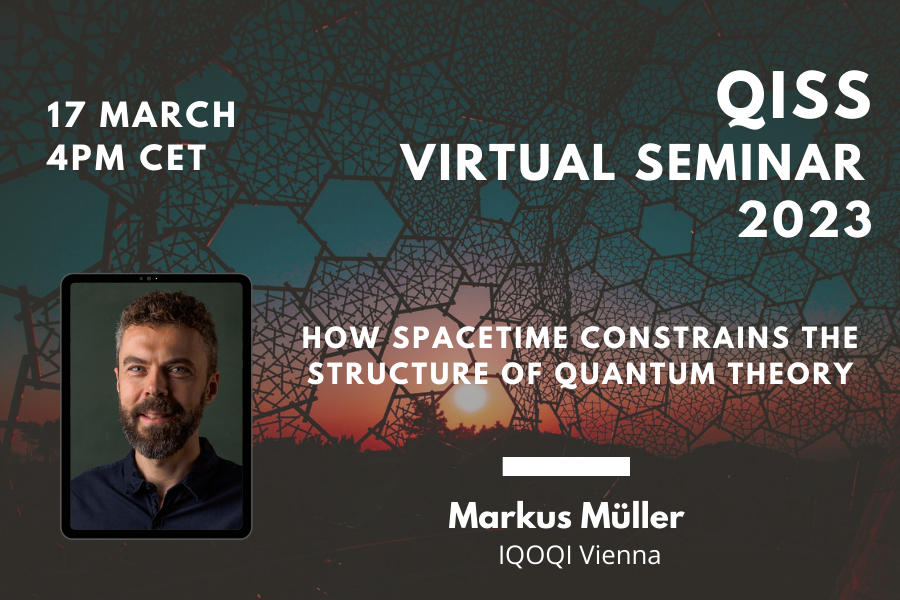Modern physics has taught us that space and time are described by different “theories of geometry” in different regimes, from Galilean spacetime in Newtonian mechanics to semi-Riemannian manifolds in general relativity. In a very similar, but less well-known sense, classical probability theory and quantum theory (QT) are special cases in a large landscape of “theories of probability” that could potentially describe detector click probabilities and their correlations. In my talk, I describe a research program that analyzes how the structure of space and time constrains the structure of the probabilistic theory that applies to our world. Quite surprisingly, it turns out that several characteristic properties of QT follow more or less directly from properties of spacetime. In particular, I show how relativity of simultaneity determines the dimensionality of the qubit Bloch ball, and how a (“semi-device-independent”) randomness generation protocol can be constructed whose security and set of quantum correlations follows, essentially, from rotational symmetry alone, without assuming QT. The goal of this research is to obtain modest but illuminating hints towards a theory of quantum gravity, and novel ideas for constructing quantum information protocols.
Based on joint (new and old) work with Caroline Jones, Stefan Ludescher, Albert Aloy, Andrew Garner, and Oscar Dahlsten, arXiv:2210.14811 and arXiv:1412.7112.
